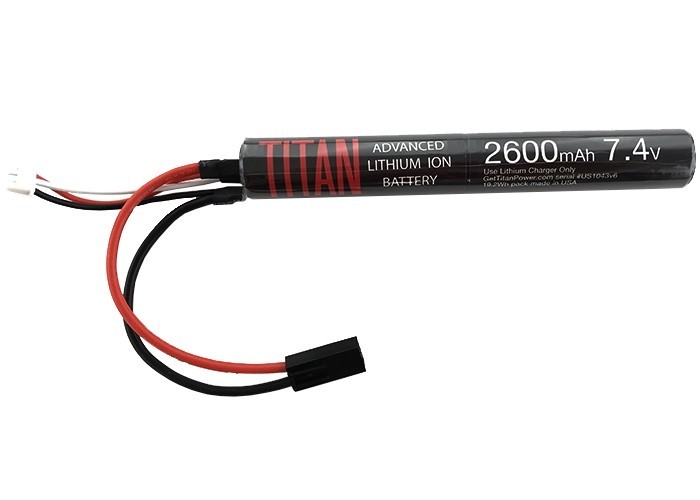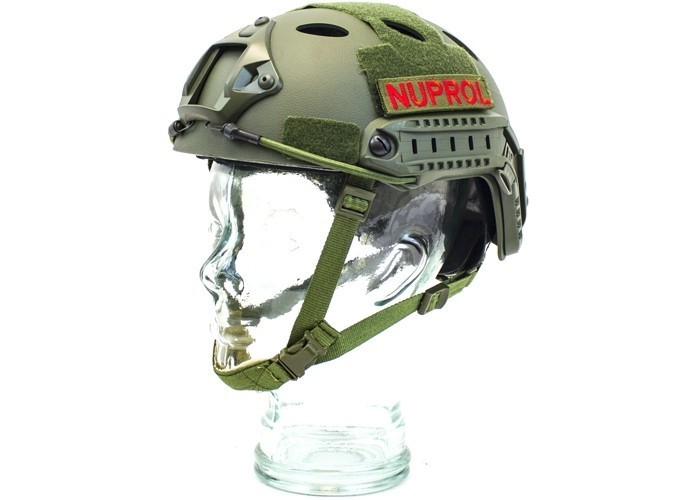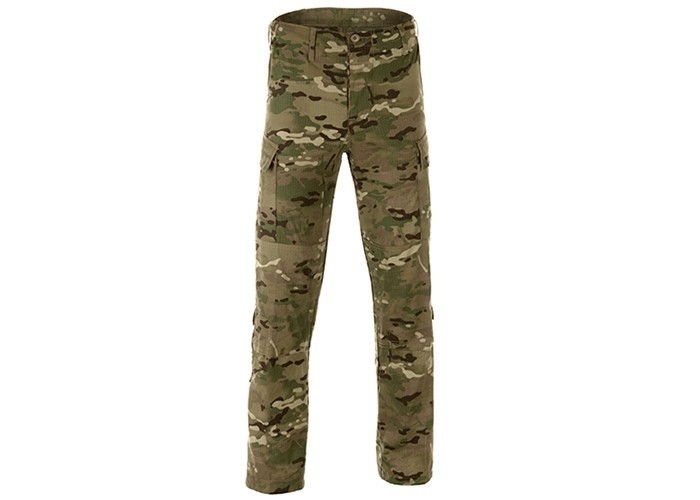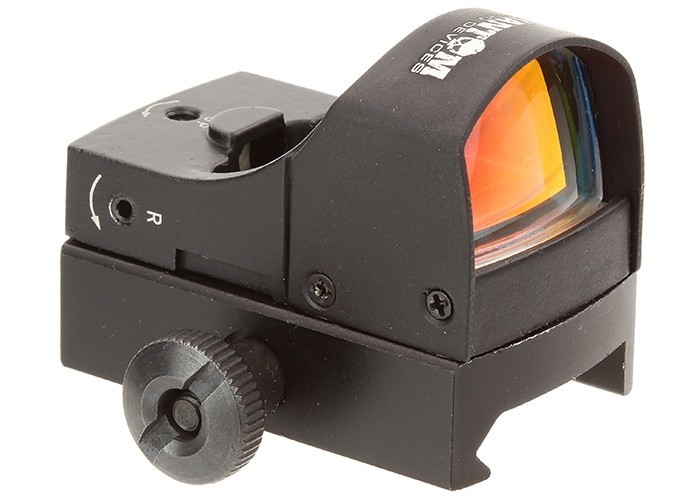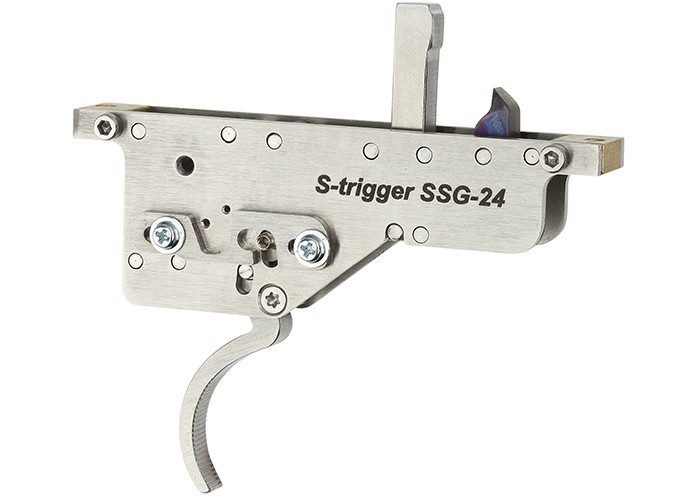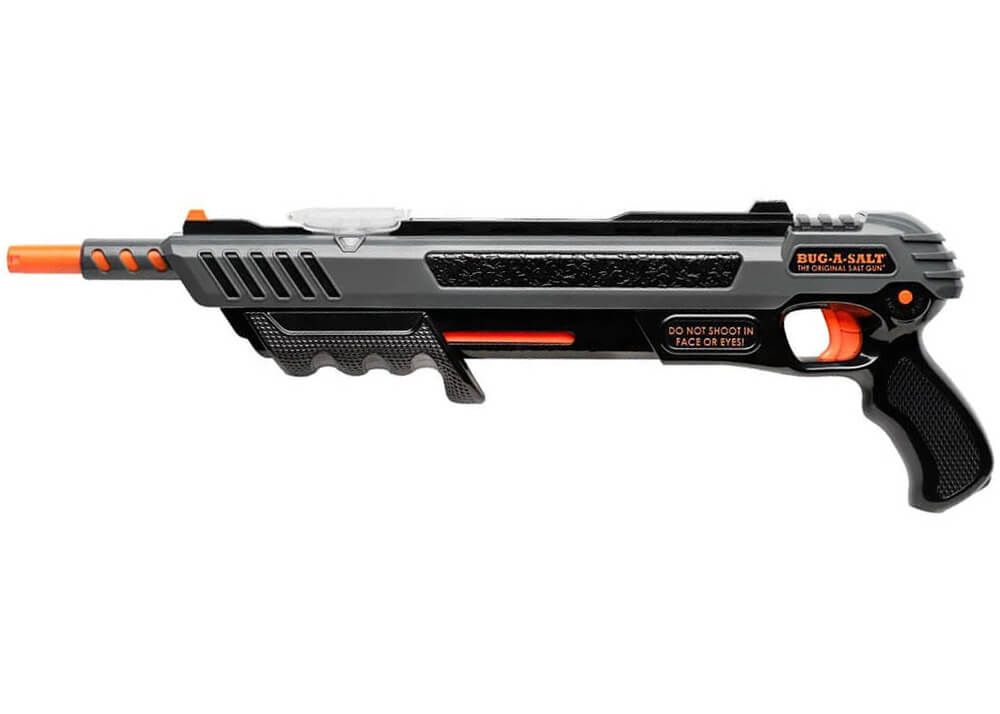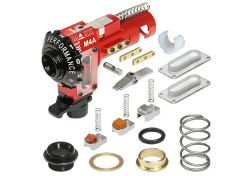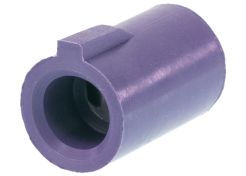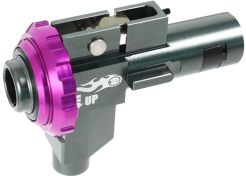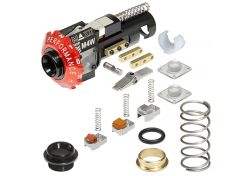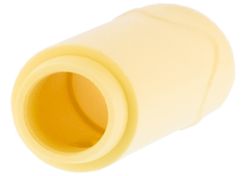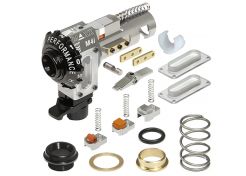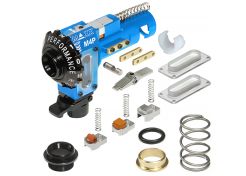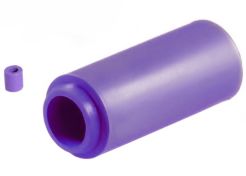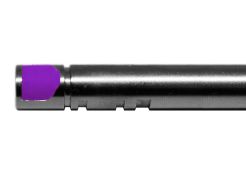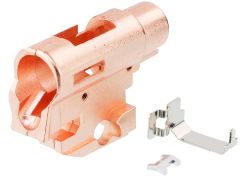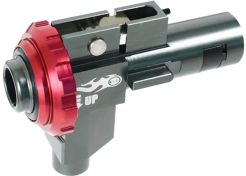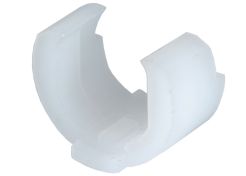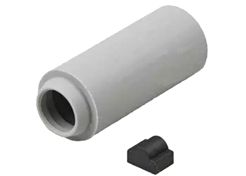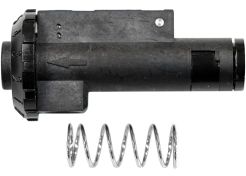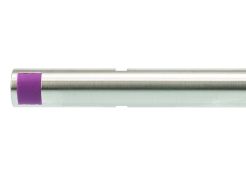 Hop Up R-hop Snipetor Molded Scorpion Evo Stock Barrel 75°In stockRegular Price 11.72 Special Price 7.44
Hop Up R-hop Snipetor Molded Scorpion Evo Stock Barrel 75°In stockRegular Price 11.72 Special Price 7.44-
 Fast & secure delivery
Fast & secure delivery -
 Secure shopping & payment
Secure shopping & payment -
 Lots of expertise
Lots of expertise
-
-
 Fast & secure delivery
Fast & secure delivery -
 Secure shopping & payment
Secure shopping & payment -
 Lots of expertise
Lots of expertise
-
 Hop Up R-hop Snipetor Molded Maple Leaf Unbridged/Crazy Jet/SSG10 Stock Barrel 75°In stockRegular Price 11.72 Special Price 7.44
Hop Up R-hop Snipetor Molded Maple Leaf Unbridged/Crazy Jet/SSG10 Stock Barrel 75°In stockRegular Price 11.72 Special Price 7.44-
 Fast & secure delivery
Fast & secure delivery -
 Secure shopping & payment
Secure shopping & payment -
 Lots of expertise
Lots of expertise
-







